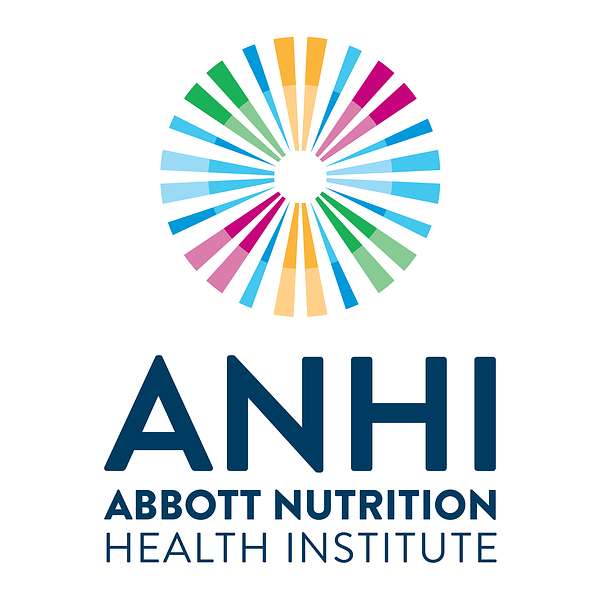
The Power of Nutrition Podcast
At Abbott Nutrition Health Institute (ANHI), we’re committed to improving lives through the power of nutrition, and we created this podcast series with that mission in mind. Join us as we speak with nutrition science experts around the world on the role nutrition can play in COVID-19, cancer, malnutrition, breastfeeding, dehydration, aging, exercise and more.
The Power of Nutrition Podcast
Screening for Pediatric Malnutrition With the Mid-Upper Arm Circumference (MUAC) Measurement Tool
•
Abbott Nutrition Health Institute
In this 11-minute podcast, Susan Abdel-Rahman, PharmD, discusses the Mid-Upper Arm Circumference tool, focusing on how and why it should be used to help screen for and assess pediatric malnutrition.
See the full transcript on anhi.org.
CLICK TO SEE THIS PODCAST EPISODE'S TRANSCRIPT ON ANHI.ORG